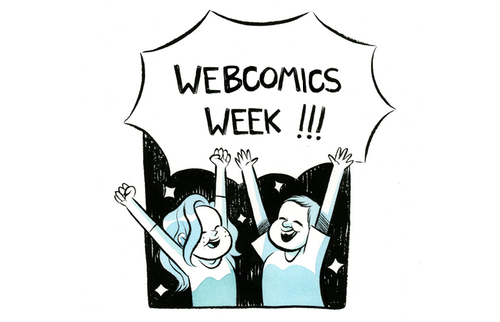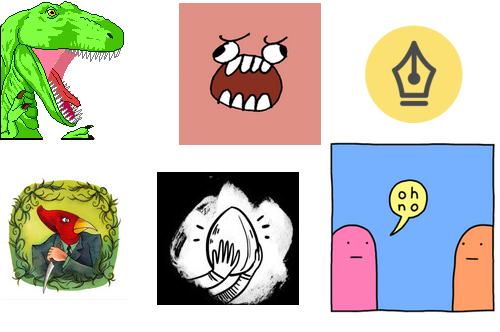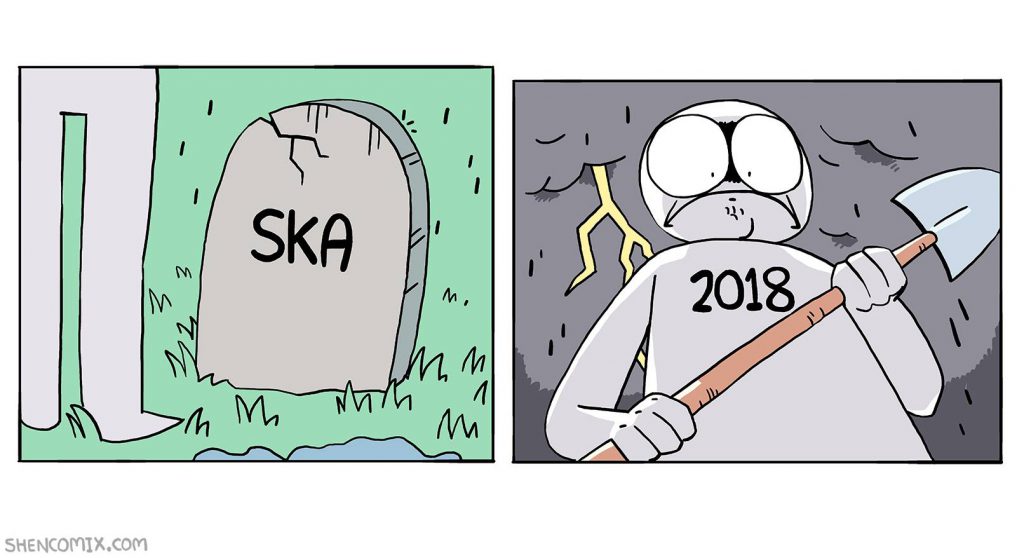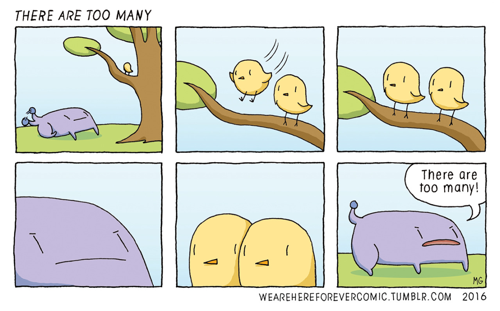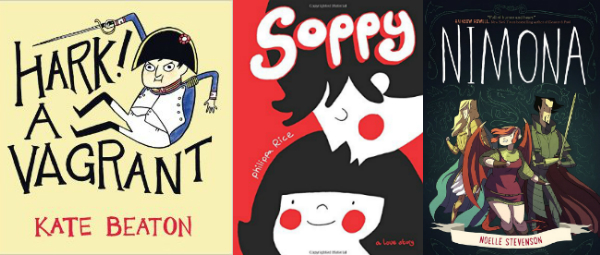Why We Love Webcomics
Welcome to Webcomics Week, our week-long celebration of, you guessed it, webcomics! Join us every day this week as we share our passion for this postmodern marriage between the venerable medium of comic books and the contemporary delivery system of the world wide web.
What are webcomics?
Don’t be fooled by the name, because webcomics are…no, actually, they’re pretty much what the name implies: comics that are published on the Internet. However, that definition includes not just web pages, but web-based social media platforms like your Instagrams and Facebooks and whatnot. For those keeping track, webcomics are just one type of digital comic (a.k.a. “E-comic”), a broader term that includes downloadable comics distributed via subscription services and digital distributors like comiXology.
Hey, is it webcomic, or web comic?
Great question! Also kind of nit-picky, but whatever. While both iterations are in use, the word mashup webcomic seems to have become the more common term. Back us up, Google Ngram viewer.
Four reasons we love webcomics
1: They're older than the www.
The earliest Internet comics actually predate widespread use of the world wide web, as comic creators shared their work via systems like Usenet and CompuServe (ask your dad). So when you read webcomic, you’re actually enjoying a decades-old form of entertainment that continues to evolve as digital technology advances. Pretty neat. And believe it or not, a few early webcomics are still alive and well…for example, check out Sluggy Freelance, which has been entertaining its fans since 1997.
2: Their variety is endless.
Publishing for the screen instead of the page has enabled creators of webcomics to give us an astonishing array of graphic styles, subject matter, story length, tone, and storytelling approaches to choose from. It’s like the Internet is one big comic shop! (But you should still go to your friendly local comic shop too). By way of example:
The Oatmeal’s creator Matthew Inman makes short comics that mix satire and pointed humor with simple, expressive drawings.
Emily Carroll shares exquisitely-drawn horror stories, full of moody ink washes and eerie color combos.
Meredith Gran’s long-running (ended in 2017) Octopus Pie is a slice-of-life story about 20-somethings living in Brooklyn.
At xkcd.com, Randall Munroe’s humor strip focuses on “romance, sarcasm, math, and language” with stick-figure drawings, graphs…and sometimes text with no drawings at all.
Anne Szabla’s all-ages adventure epic Bird Boy has all the action, color, and magic that you want in a fantasy saga.
3: They’re not just on web pages! As mentioned, plenty of webcomic creators use your favorite social media apps to share their work, making them easy to read on the go.
Forex: Gemma Correll, whose Instagram feed is filled with cheerful, hilarious comics about anxiety, fashion, pugs, animals, food, and other important topics.
4: They thrive with fan support!

Fans can really help the webcomics they love to grow and thrive. You can help your favorite webcomics reach a wider audience by sharing the comic with friends. You can support the creators directly by contributing to their kickstarter or patreon and by purchasing their prints, books, and other merch. Fan support can help webcomics reach a new audience by jumping into bookstores: Lots of popular graphic novels started as web comics, including Kate Beaton’s Hark, A Vagrant; Jillian Tamaki’s Supermutant Magic Academy, Noelle Stephenson’s Nimona and James Kolchalka’s American Elf (plus many of the examples listed above). Tillie Walden’s On A Sunbeam, to be published later this year, is available in its entirety on its own website, ad-free thanks to donations from fans. And we happen to know that fans of the adorable Manfried the Man webcomic are super-pumped about the all new, book-length story coming in May from Quirk Books!
That’s all for now! Next time, we’ll discuss some of our very favorite webcomics. Bookmark our Webcomics Week info page, and while you're there enter to win our Webcomics Week Prize Pack!
